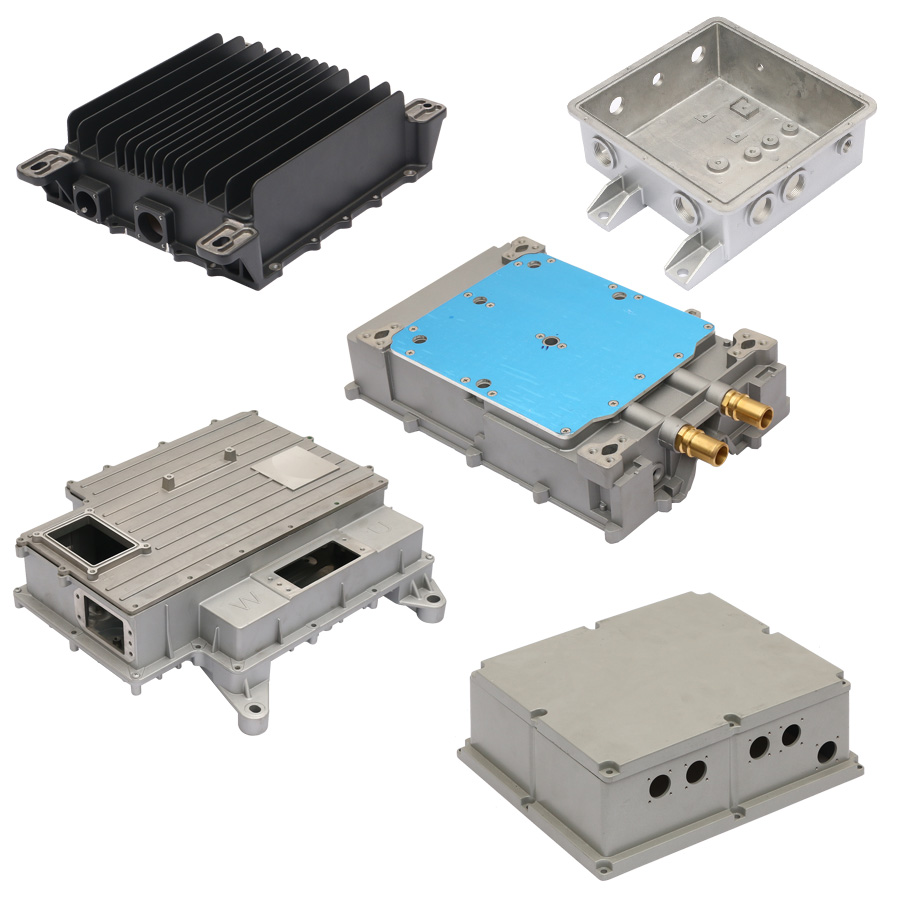NEWS
Aluminum die casting design guide
- Categories:Aluminum Die Castings News
- Author:
- Origin:
- Time of issue:2023-05-23
- Views:0
(Summary description)Design considerations for aluminum die casting or aluminum die casting design guide
Aluminum die casting design guide
(Summary description)Design considerations for aluminum die casting or aluminum die casting design guide
- Categories:Aluminum Die Castings News
- Author:
- Origin:
- Time of issue:2023-05-23
- Views:0

Aluminum die casting is a manufacturing process that involves injecting molten aluminum into a steel mold to create complex shapes with high accuracy and surface finish. To ensure successful aluminum die casting, it is important to follow a design guide that takes into account the unique characteristics of the material and the manufacturing process. Here are some key considerations to keep in mind when designing for aluminum die casting:
Wall thickness: The thickness of the walls should be uniform throughout the part to ensure even cooling and minimize the risk of porosity. Ideally, the wall thickness should be between 2 and 5 mm.
Draft angles: Draft angles should be included in the design to allow for easy ejection of the part from the mold. A minimum of 1 degree of draft should be used for each 25 mm of depth.
Fillets and radii: The use of fillets and radii can help to improve the strength and durability of the part, while also reducing the risk of stress concentration.
Ribs and bosses: Ribs and bosses can be used to increase the strength and stiffness of the part, but they should be designed with care to avoid creating thick sections that could result in porosity.
Undercuts: Undercuts should be minimized or avoided altogether, as they can make it difficult to remove the part from the mold and increase the risk of defects.
Surface finish: The surface finish of the part can be improved by using a textured or polished mold surface, and by avoiding sharp corners or edges that could cause blemishes or defects.
Gate location: The gate location should be carefully chosen to ensure that the molten aluminum flows smoothly and evenly throughout the part. The gate should be placed at the thickest section of the part, and should be designed to minimize turbulence and reduce the risk of porosity.
Parting lines: Parting lines should be located in areas that are easily accessible for finishing and polishing. They should also be designed to minimize the risk of flash or other defects.
Tolerances: Tolerances should be designed to ensure that the part can be manufactured within the required specifications. Tight tolerances can increase the cost and complexity of the manufacturing process, so they should be used judiciously.
Material selection: The selection of aluminum alloy should be based on the specific requirements of the part, such as strength, corrosion resistance, and thermal conductivity. It is important to work closely with the die caster to select the optimal alloy for the application.
By following these guidelines, designers can create parts that are optimized for aluminum die casting, with high quality, accuracy, and consistency. Working closely with a qualified die caster can also help to ensure that the design meets the specific requirements of the manufacturing process, and that any potential issues are identified and addressed early in the process.












HOTLINE
Ningbo Beilun Jiawei Machinery Co.,Ltd
Add: No.600,Fuchunjiang Rd,Beilun,Ningbo,China 315800
ENGINEERING
CAPABILITIES
QUALITY CONTROL
CONTACT
© 2020 Ningbo Beilun Jiawei Machinery Co.,Ltd All rights reserved. Aluminum Die Casting Manufacturer 浙ICP备12006818号-1 Powered by www.300.cn
© 2020 Ningbo Beilun Jiawei Machinery Co.,Ltd All rights reserved.


